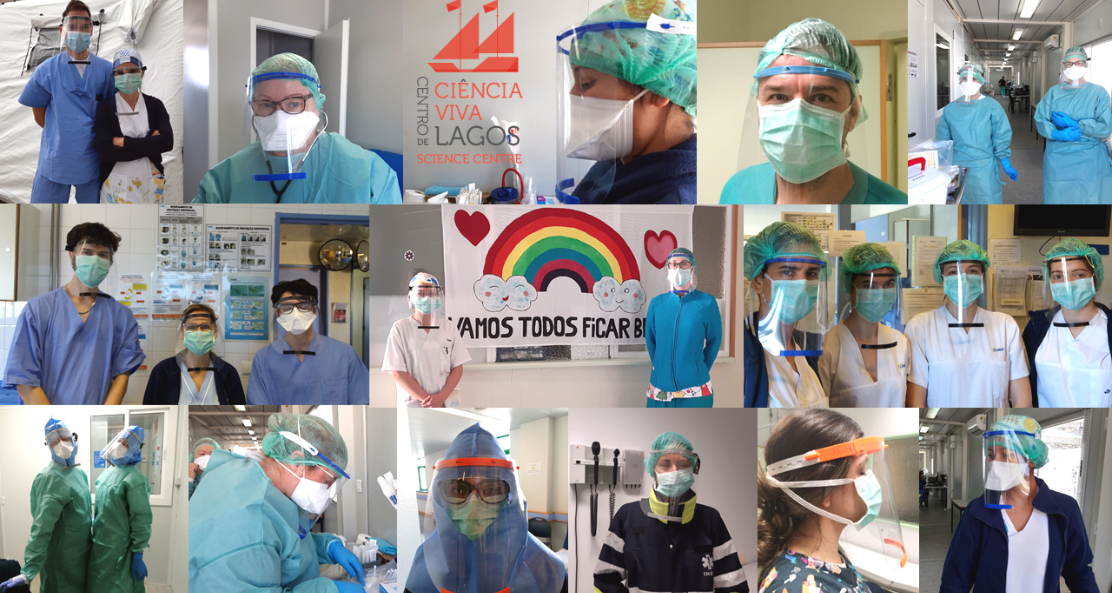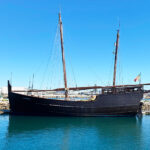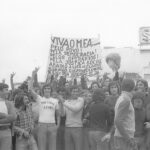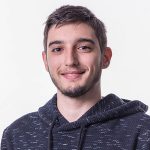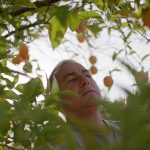Lagos Ciência Viva Science Centre launched the effort to create and supply protective face visors to the medical community using 3D printing techniques.
Leading the call to action was their Executive Director, Luis Azevedo Rodrigues, who talks to Sophie Sadler about this astonishing project.
The Director of the Lagos Ciência Viva Luis Rodrigues has been a difficult man to pin down. Which is not surprising given that he has led the charge which has united the Algarve’s Ciência Viva science centres, volunteers and Makers into creating 1100 masks to date.
He tells me that the initial idea came to him when he saw a post from a group of Makers in Lisbon. The Maker culture is a contemporary subculture representing a technology-based extension of DIY. They are individuals who are constantly exploring in areas such as 3D printing or electronics and are experimenting all the time with different production techniques.
Luis recalls, “This all seems now like it happened years ago, but the idea for the masks started on 21 March, the Saturday after the museum closed. I saw a group of Makers in Lisbon (3D Mask Pt) were starting to produce facial masks using 3D printing techniques which was a technology we had at the Lagos Science Museum. That day I allowed some of my staff who have human resources in 3D printing to take the equipment to their home”.
This initiative would not have been possible without the Maker Movement who created public files which Luis’ staff printed at home. Luis, however, was instrumental in spotting a huge opportunity to get the network of Ciência Viva involved. “I contacted the national agency to ask if we could involve other science centres into the project.”
3D modelling is the process of creating or reproducing objects with three dimensions using specific software. Normally the centre uses its equipment to produce replicas of dinosaur footprints or objects for workshops and educational programmes. Now it was needed for a more challenging role.
The printing stage was facilitated with the use of the Science Centre’s CNC machinery (Computer Numerical Control) a manufacturing process controlled by computer programmes. They use this to produce the 3D frames and more owners of this equipment came forward to help.
They launched an appeal asking for 3D printers, 3D printer filament, CNC to cut the PET and elastic. Their aim was to unite volunteers with access to a 3D printer to a common cause: the production and distribution of visors for health care professionals who were fighting the COVID 19 pandemic.


Three companies offered PET (polyethene terephthalate, a thermoplastic polymer resin of the polyester family) and two companies offered other materials.
After the printing is the assembly stage when the PET sheets are fitted to the 3D printed supports, and finally the elastic band is added.
Luis contacted Lagos municipality and the Portimão hospital who were keen to be supplied the face shields. “In the first two or three weeks I was meeting doctors in supermarket car parks to hand over the protectors,” explains Luis. “We did not want to enter the hospitals for fear of contamination.” They delivered to Lagos City Hall, Amendoeira health centre, Portimão hospital and health centre.
After one month, the 3D Mask Pt association rang Luis to ask if Ciência Viva centres could be used as a distribution network and so then Tavira and Faro museums started to help with the distribution. They honed their techniques, with masks that initially took 1 ½ hours to create now taking 30 minutes.
So how important was Lagos in this story? “We were the first to produce, assemble and distribute the masks in the Algarve and we were able to introduce another six museums into the mask making movement.’ His big regret though is that he was approached by retirement homes to provide the products but he had to refuse. “It broke my heart but I could not be sure that the products were sterile. I knew medical facilities had the ability to sterilise them but retirement homes did not so I did not want to take that risk.” To compensate they have recently been able to deliver 30 more visors to the Lagos Fire Department, meaning more key workers are benefiting from their skills.
You may think that now Luis’ work is done. Not a bit of it. He has been approached by the medical community to produce clamps to secure tubes which they are currently finding it difficult to source in the national market.
Luis and his team have proved that their name is not in vain. In this project, Science has definitely been alive and saving lives and those involved are national heroes.
